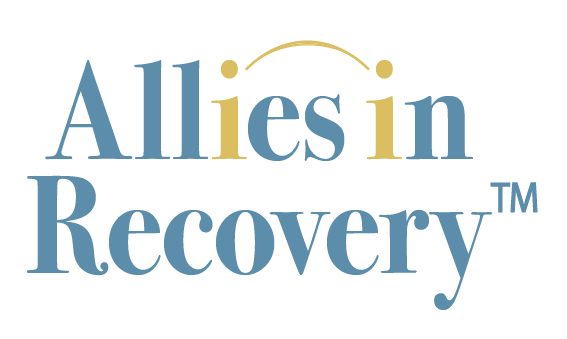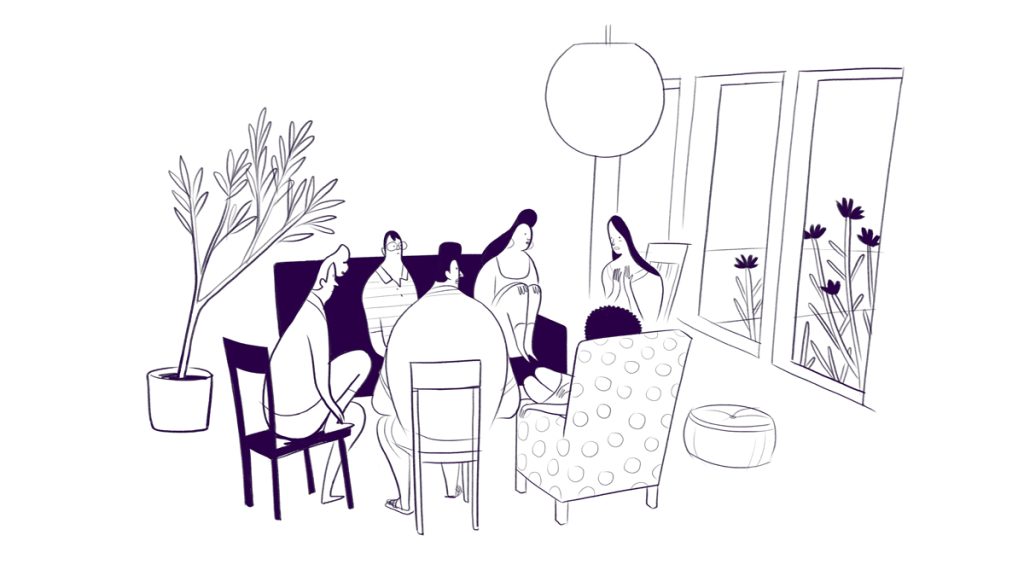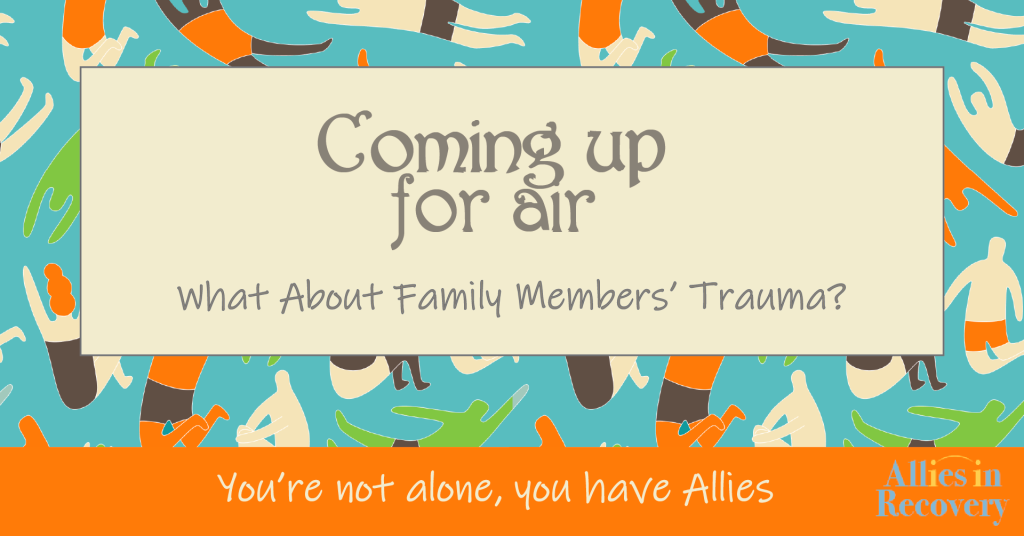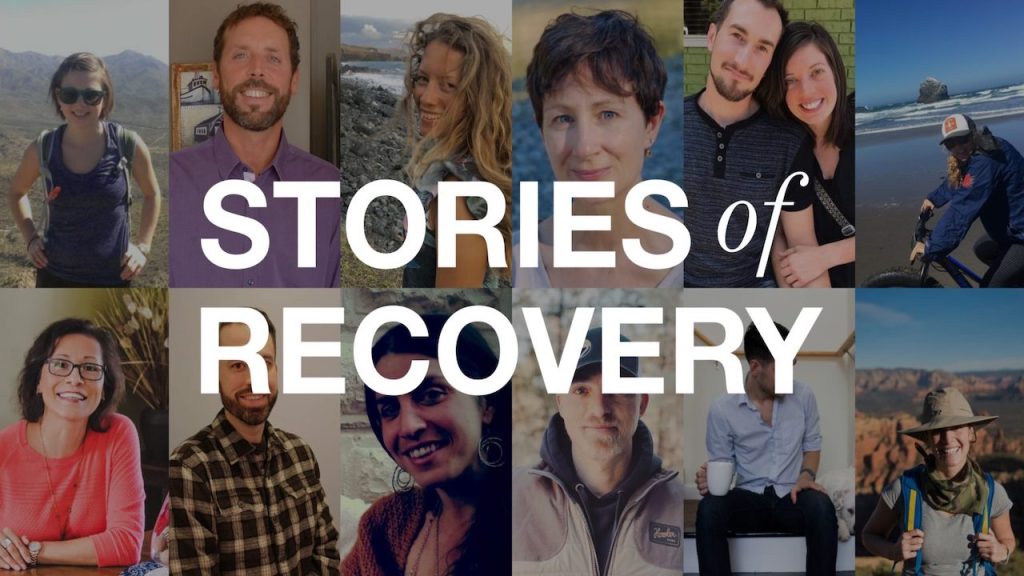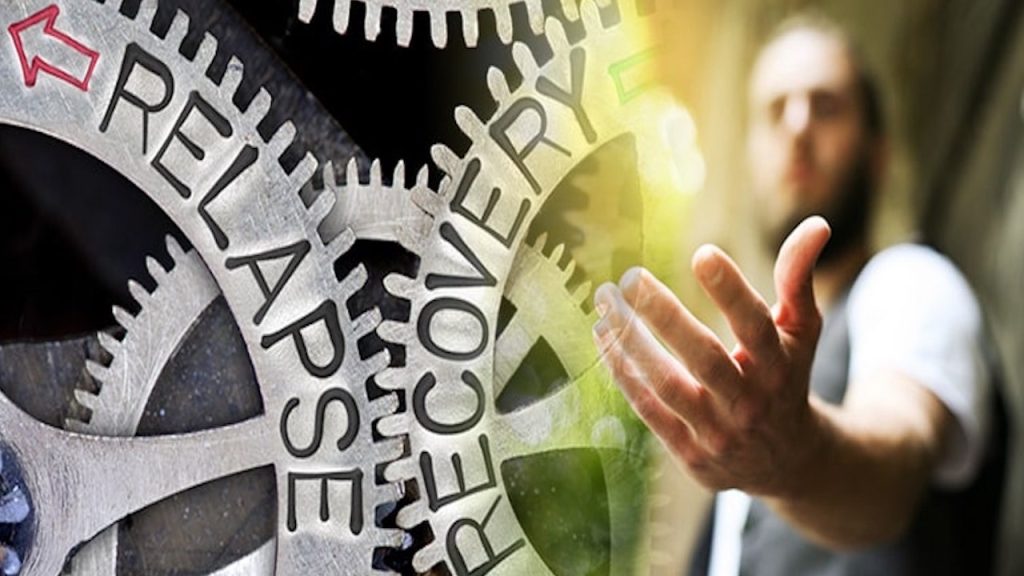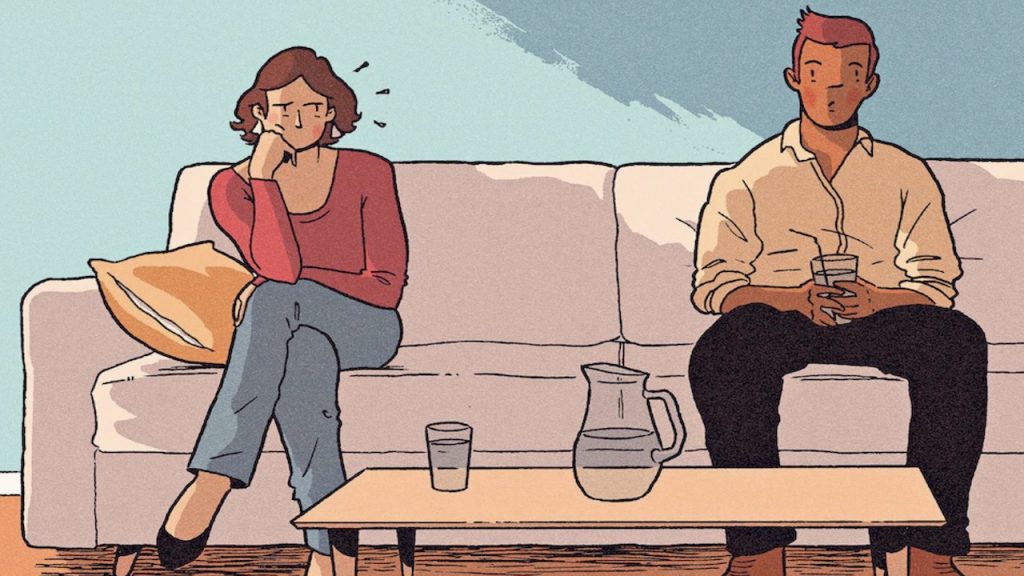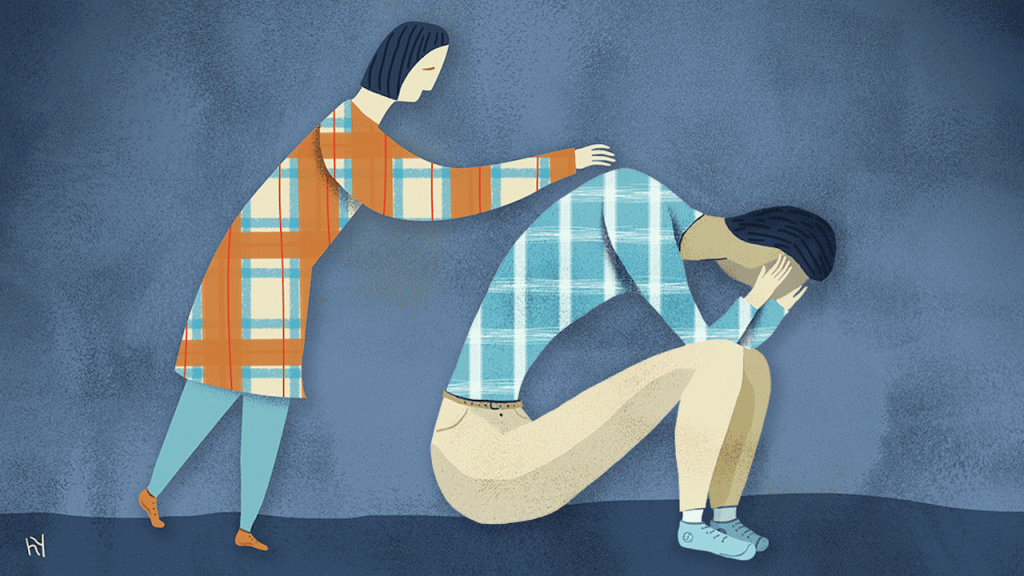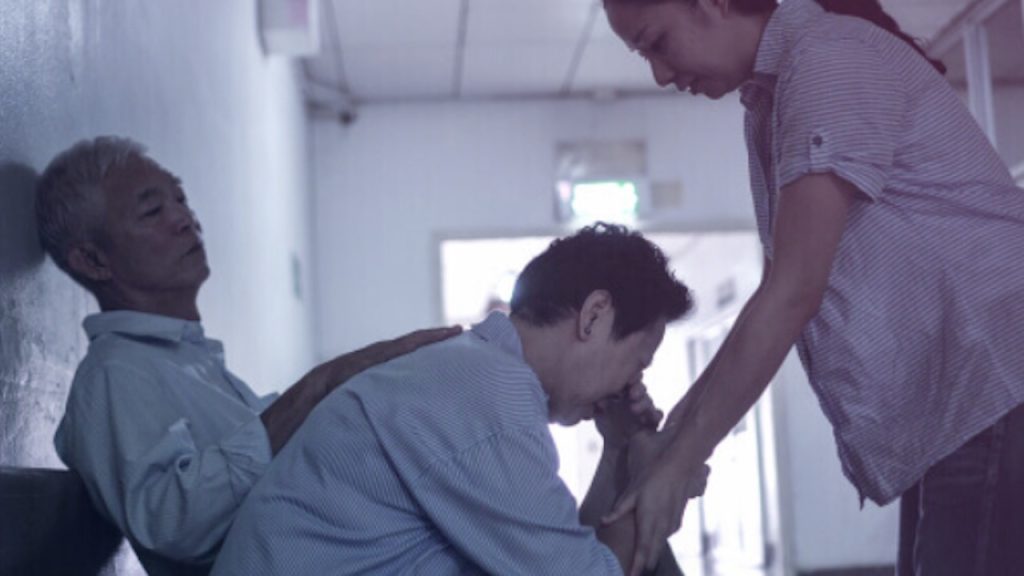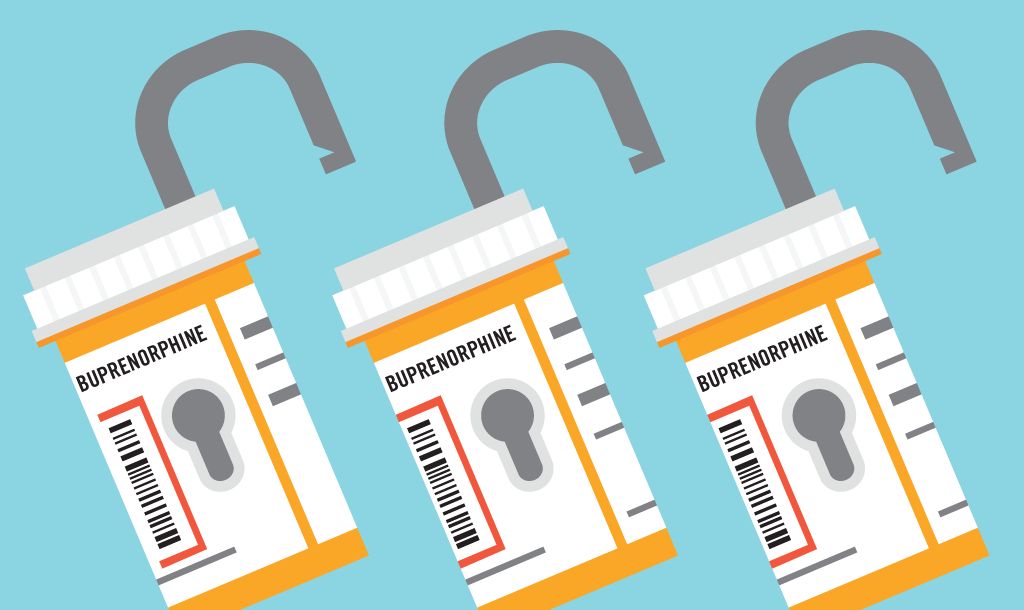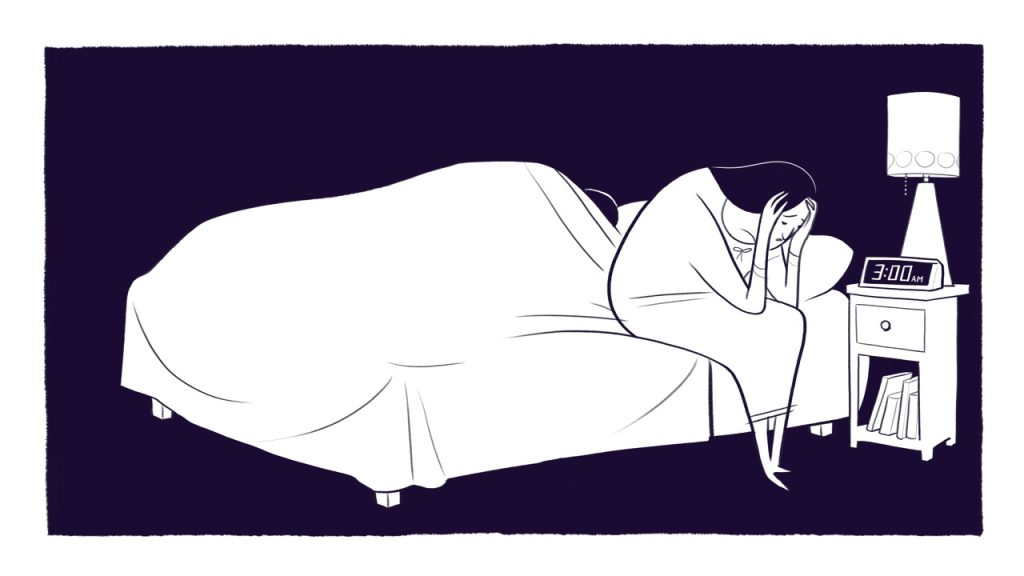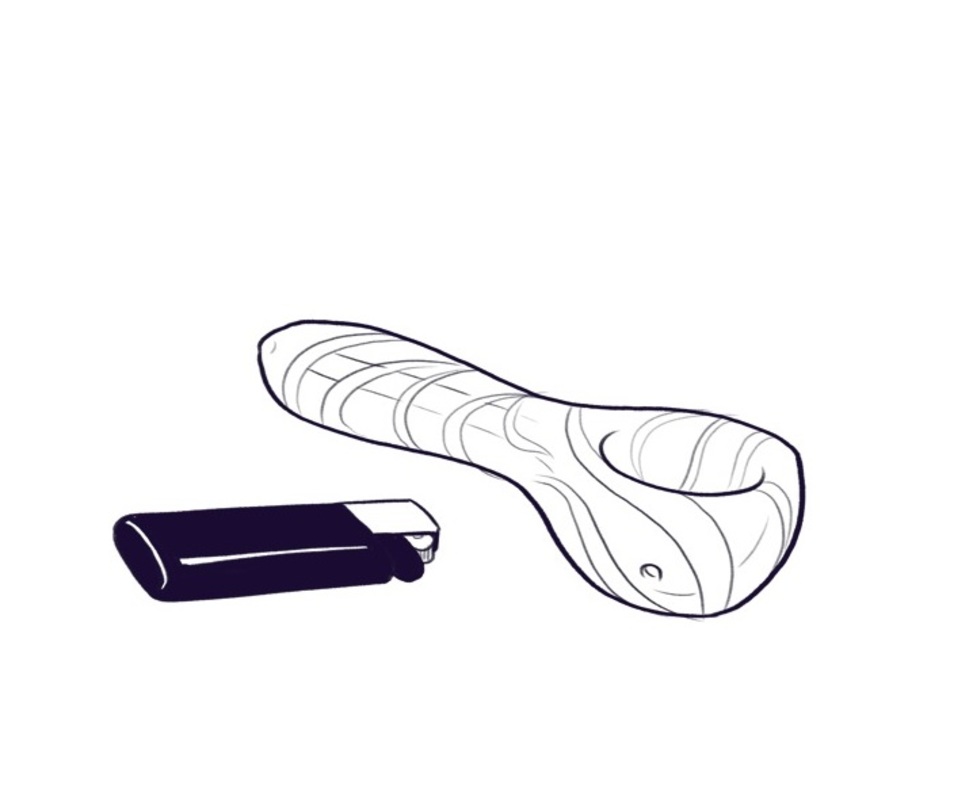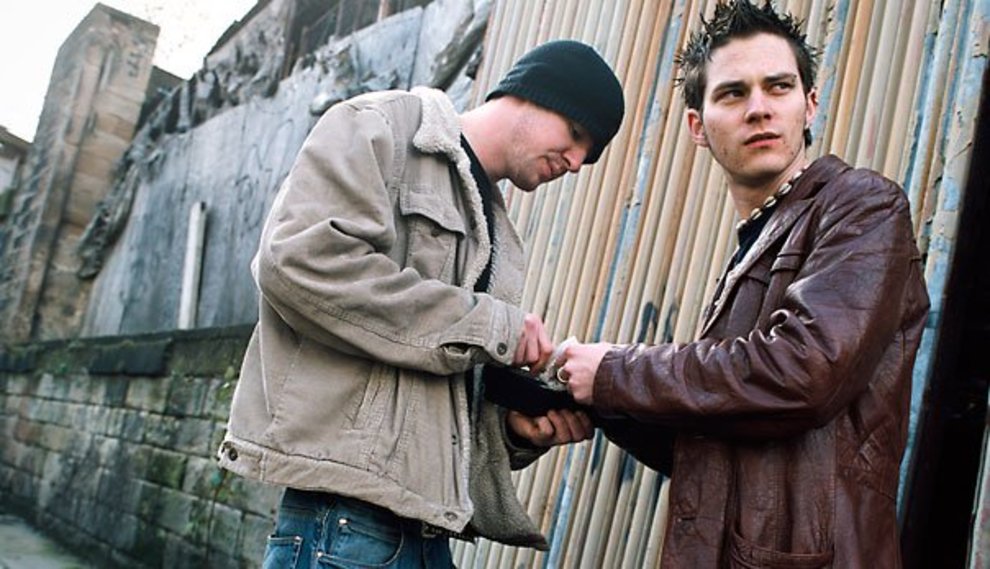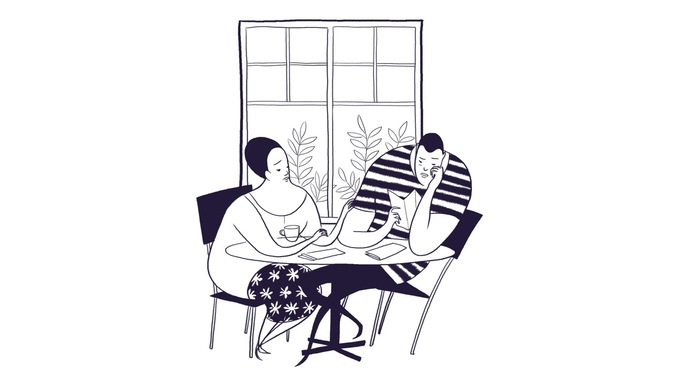How to Use the CRAFT Approach to Communicate with a Loved One Living with Substance Use Disorder

This mom recently had an exchange with her son who has Substance Use Disorder (SUD), but she wasn’t ready to address his requests. She was afraid it would all end in arguing, so she held back from responding. She wants to follow up and let him know her concerns about his anger, but she is looking for a CRAFT approach to addressing this situation. We answer with some pointers for how to best communicate in this scenario. Substance Use Disorder can often involve volatile emotions on all sides; when family members use the CRAFT approach that we teach at AlliesinRecovery.net, it can help disentangle emotions from practicalities, leading to greater calm and more effective outcomes.
“My adult son came over today and gave a heartfelt message to us regarding his needs. Neither of us responded because we knew that it would only end with him becoming angry.
I want to respond to say that to him. How does this fit in with CRAFT?
I would like to engage via email with him to look at a point he made, and for us both to put down what the statement means to us. He will not engage with anyone [about treatment] and does not believe the issue [SUD] is his. With that he only confirms what he believes.”
[The question above was originally submitted to the Allies in Recovery “Pose a Question” member blog]
What a great question! Allies in Recovery is the perfect place to be when asking about communication with a loved one with SUD. If you have checked out our eLearning CRAFT Module videos on the website, you have found that communication is one of the main pillars of our CRAFT-based curriculum.
What I hear in your post is that your son is telling you what he feels he needs from his parents. Right now, he hasn’t recognized he has a problem. When you say, “He will not engage with anyone…,” you mean he won’t talk to anyone about treatment or accept any type of help with his SUD. You and your partner did not respond so the conversation would not end in conflict. However, you do want to respond to tell him the reason why you went silent.
I hope that sharing some experiences I have had with my own loved one with SUD and practicing what I originally learned here on the Allies website, might give you some ideas on how you can apply some of the same tools to your situation.
Communication tip #1
Start with the positive, and reinforce it
First, I found that I often have to look for the positive in everything. And boy can that be difficult. The good news is that I can already see some of the positive in your situation. Your son must believe that he has your (his parents) love and support, or he would not have come to you. This is a major plus. I am sure he has felt the same way you have, that conversations or requests may end up in an argument, but he was willing to chance it anyway. This is a very big positive, even if it may not feel that way in the moment.
What I have learned is that when I see behavior that I want repeated, no matter how small it may appear to be, the best thing I can do is to reinforce it. Maybe saying something like, “We really appreciate that you trust us with this request.” And/or, “Thank you for coming to us with this request…” These few simple affirmations keep the connection open, and I have found that this encourages my own loved one [with SUD] to keep coming back to me when he has needs.
Communication tip #2
Give yourself time to think out your reply
Another positive for you and your partner: you’re taking a pause to find the best way to answer. I have also found that giving myself time to think about how to respond is a great tactic for me. In doing do, I take a more logical and well-thought-out approach, rather than being reactive to my loved one. Further, it gives me space to process how I feel and gain clarity about my response.
Communication tip #3
Think through your thoughts, emotions, and motivations behind your responses
Next, I have found that before I do construct a response, I ask myself some questions: “What are my thoughts that are driving the emotions in the situation?” “What are the emotions I am feeling?” “Why do I want to react this way?” Basically I try and focus in on what the motivation is for my initial need to react, and then I try and figure out if it’s going to help or hinder the situation, or if I should perhaps respond differently.
In your situation, you might ask yourself: “If I text him why we did not give him an answer, will it help? Would it be something we haven’t already told him? Are we just repeating ourselves?” and/or “Is the motivation behind telling him why we did not respond for him? Or is it for me (or us)?” If it is something that you have already told him, then there is no need to be repetitive. He already knows. I have some suspicion that this may be the case, simply because you said that you believed the discussion would only have led to an argument, which indicates there may be a pattern present in your communications. Now, your goal is to break that pattern.
Communication tip #4
Don’t “tell” or “direct” him, let him come to the conclusion like it’s his idea
Another big lesson I learned from AlliesinRecovery.net’s eLearning CRAFT Module #4 focused on communication (see more below) is that “telling” and “directing” how I see things or feel things should go does not translate well to my loved one. One of the main objectives is to have our loved ones come to the conclusion on their own that they do have a problem, that they need help, and that there are many options available for them. The goal is for them to come to this realization by internal versus external means.
Restated, it is best if it’s their idea, not ours. They are more likely to find success if it comes from them, if comes from within. Our job in all of this is to create an environment where they can achieve this clarity and be most successful. Hence, learning new and better communication skills to help facilitate self-awareness and learning is a priority of CRAFT.
Instead of telling him that you did not respond because of his anticipated behavior, you might want to consider answering his requests. This still may lead to conflict, since you might not give him what he wants, and his goal is to get what he wants. But that’s OK. Avoiding his heightened state might not be the answer either. I find that when I avoid, it is because I am not confident in what to do. So let this be an opportunity for both parties to learn new healthy ways of interacting with each other, like not engaging and stepping away when it becomes heated. It’s a chance to set down some healthy boundaries.
Some other considerations about requests, gifts, and boundaries:
When it comes to giving or not giving requests, as well as setting down healthy boundaries, there are a couple of things I keep in mind:
- If I cannot afford it, I cannot give it. It’s not personal, it’s not a punishment. I just don’t have it to give. His temper may flare, but I will keep my cool and hold true to my boundary.
- If I am giving a gift, then there are no strings attached. If I want to give a gift, then I am going to give it. But a gift does not require a particular behavior out of the person I am giving it to (this is true for emotional gifts like love and care too). If it does come with expectations, then it is not a gift.
For example: My loved one wants money to go get gas, but I am pretty sure he will use the money for drugs. If I give my loved one the money and he spends it on drugs, I have no right to hold it against him. If I don’t want my money spent on drugs and I am sure that’s where it will go, it is my responsibility to not give it. The temper may flare, but I will keep my cool and hold true to my boundary.
- Giving, allowing, or supporting requests has to be within my boundaries. I often say these exact words, “How can I help support you and keep with what I am comfortable with?” I try and make it clear that just because my loved one is asking or thinks it’s okay, doesn’t mean I agree (without directly telling him so). I have my own thoughts and ideas and integrity that I have to keep to. This is a way for me to get the point across without using blaming statements. The temper may flare, but I will keep my cool and hold true to my boundary.
- Keeping my 2 cents out of my loved one’s life is one of the best things I can do. Some of my stock phrases I turn to when talking with my loved one is, “I know I cannot control your life, that’s not my job. You’re the one that will have to find what works for you,” and/or “I am not telling you what to do, this is just something I am not comfortable with (meaning I am not giving in on my boundary).” I often say these things to convince myself as much as my loved one! Again, his temper may flare, but I will keep my cool and hold true to my boundary.
The Allies in Recovery eLearning CRAFT Module #4
“How Do I Talk to My Loved One?”
With a membership to AlliesinRecovery.net, you can benefit from our eight eLearning CRAFT Modules – videos that we created for families out of an original, clinician-oriented CRAFT handbook (that was 275 pages long!). Our video modules (or PDF e-books also available for each module) are easy to understand and are filled with great tips on how to apply CRAFT to just about any situation with a loved one with SUD. Our director, clinicians, and trainers have over 50 years’ combined experience doing addiction counseling and training families in CRAFT.
In our eLearning Module #4, “How Do I Talk to My Loved One?”, we go over:
- Stop the negative talk. Don’t use Arguing, Disagreeing, Challenging, Judging, Criticizing, Blaming, Warning about Outcomes, Seeking to persuade with logic or evidence, interpreting or analyzing “reasons,” confronting with authority, sarcasm, guilt, or comparing.
- Look for “change talk” as your opening for suggesting a better future, including treatment or recovery. But do this sparingly and carefully – we go over it in detail in Module 8, “How Do I Get My Loved One Into Treatment?”
- Use Assertive communication and positive communication. Don’t use “passive talk,” or avoiding communicating what you want, and don’t use “angry talk.”
In Module 4, we also go over the 7 Elements of Positive Communication:
- Show compassion and let you know you heard them.
- Admit your part, and express empathy.
- Be specific. Give the time, place, and action you are looking for.
- Be brief.
- Be positive – express what you do want, instead of what you don’t want.
- Use “I” statements instead of “you” statements.
- Offer to help. Something within your boundaries you can offer.
Staying calm and connected is paramount during all of this. In this eLearning CRAFT Module, we give examples specific to the patterns and situations where substance use disorder (SUD) is present.
We also go into more detail in this module about how to use another great communication skill used with CRAFT, Reflective Listening. With reflective listening, you simply summarize back what you heard to your loved one, without analysis, judgment, or criticism. No additions, no analysis, no judgment, or attitude. This skill often opens the door to your loved one engaging in “Change Talk,” in which they express a wish for something different. Often the door you need as a way into offering specific options for treatment and recovery help.
It’s amazing how far you can get if you use all of these skills on a regular basis, and you will see your relationship with your son transform for the better. We’ve seen it happen over and over again with the many families that subscribe to Allies in Recovery. My own relationship with my loved one with SUD was transformed by using these communication skills, the core of CRAFT. Stepping away from time to time is okay when needed. But, ultimately, what you gain with staying connected will be helping him along the path to recovery, and an improved family dynamic that reduces your own stress levels.
CRAFT takes practice!
All of this can be difficult to do and took a lot of practice on my part. I found that things usually got worse before improving, but I also found that some of my new skills showed immediate results or worked rather quickly. Helping to set healthy boundaries, staying connected and learning when my loved one was also setting boundaries all improved our family situation tremendously. For example, before the Allies eLearning CRAFT Modules, I had often missed my loved ones attempts at setting boundaries when he used statements like, “leave me alone, you always have to tell me what to do”.
So, yes, I do think CRAFT and the Allies website are helpful with your questions. Register for your AlliesinRecovery.net membership and head over to the eLearning CRAFT Modules to start with Module 4 “How Do I Talk With My Loved One?”. You may also find it helpful to attend our virtual CRAFT support, skills, and educational groups exclusive for members. I also suggest staying connected to the discussion blog, and checking out our hundreds of blog answers written for other members of AlliesinRecovery.net. While every situation is unique, everyone benefits from learning and honing their CRAFT skills.
Remember, you are not alone. I would love to have an ongoing discussion with you about how things turn out or what you find success with. Everyone at Allies is rooting for you, wishing healing for you, your partner, and your son. Stay healthy, stay safe. We are always here for you.
